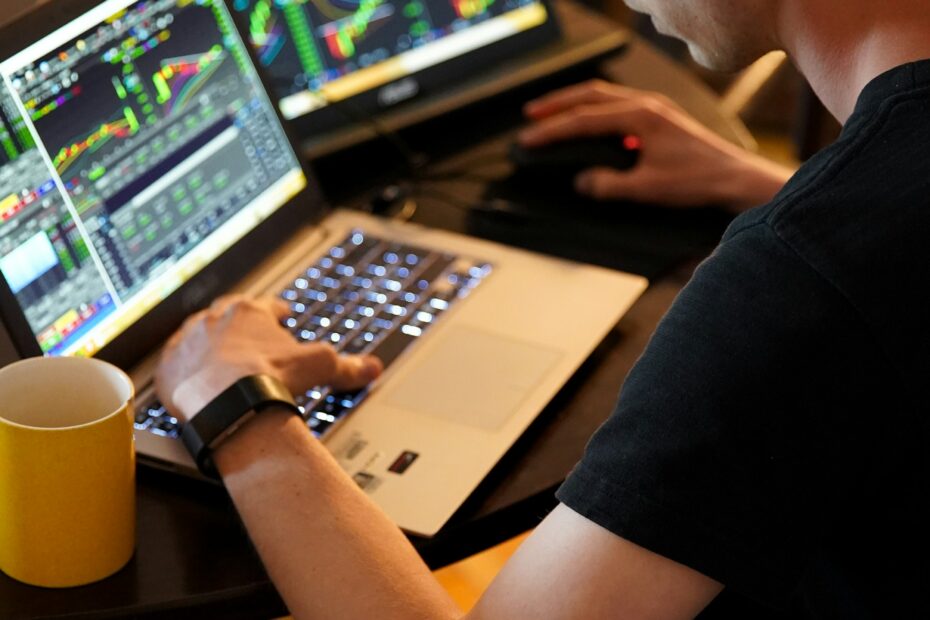Introduction
In recent years, automated trading systems, often referred to as robots, have gained popularity in the foreign exchange (forex) market. These robots use algorithms to execute trades automatically based on predefined criteria, eliminating the need for manual intervention. Developing a robot for forex auto trading can be a complex yet rewarding endeavor, offering traders the opportunity to execute trades efficiently and profitably. In this article, we will explore the process of developing such a robot, including key considerations, programming languages, and best practices.
Understanding Forex Auto Trading
Forex auto trading involves the use of computer algorithms to analyze market data, identify trading opportunities, and execute trades on behalf of the trader. These algorithms can be based on technical indicators, fundamental analysis, or a combination of both. The goal of forex auto trading is to automate the trading process, reduce emotional bias, and capitalize on market movements 24/7.
Key Considerations
1. Strategy Development
Before developing a forex trading robot, it’s essential to define a clear and effective trading strategy. This strategy should outline the criteria for entering and exiting trades, risk management rules, and performance metrics. Common strategies include trend following, mean reversion, and breakout trading.
2. Data Sources
A reliable data source is crucial for accurate market analysis and decision-making. Traders can use historical price data, real-time market feeds, and economic indicators to develop and backtest their trading strategies.
3. Risk Management
Risk management is paramount in forex trading. A well-designed robot should include risk control measures such as stop-loss orders, position sizing based on account equity, and portfolio diversification to mitigate potential losses.
- Leveraging Artificial Intelligence: Transforming the Paradigms of Healthcare and Sick Treatments
- Detecting Cancer with AI: Revolutionizing Diagnosis Speed
- A Deep Dive into its Applications in Medical and Military Sectors
- How to Develop a Robot for Forex Auto Trading
- Exploring Python Libraries
4. Backtesting and Optimization
Before deploying a trading robot in live markets, thorough backtesting and optimization are necessary. This involves testing the robot’s performance using historical data to assess its profitability, drawdowns, and overall effectiveness. Optimization techniques such as parameter tuning and sensitivity analysis can help improve the robot’s performance.
Programming Languages and Tools
1. Python
Python is a popular programming language for forex trading due to its versatility, ease of use, and extensive libraries such as Pandas, NumPy, and TensorFlow. Traders can use Python to develop trading algorithms, access market data via APIs, and perform quantitative analysis.
2. MetaTrader 4 (MT4) and MetaTrader 5 (MT5)
MetaTrader is a widely used trading platform that supports algorithmic trading through its built-in programming language, MQL4 (for MT4) and MQL5 (for MT5). Traders can develop custom indicators, scripts, and expert advisors (EAs) using MQL, and backtest them within the MetaTrader environment.
3. Interactive Brokers API
Interactive Brokers provides an API (Application Programming Interface) that allows traders to automate their trading strategies using programming languages such as Python, Java, and C#. This API offers access to real-time market data, order execution, and portfolio management functions.
Best Practices for Robot Development
1. Code Modularity
Developing modular and well-organized code allows for easier maintenance, debugging, and scalability of the trading robot. Separate modules for data processing, strategy logic, risk management, and order execution can enhance code clarity and reusability.
2. Robust Error Handling
Implementing robust error handling mechanisms is crucial to handle unexpected events such as connectivity issues, data discrepancies, or runtime errors. Proper error logging and exception handling can prevent trading disruptions and ensure the robot’s reliability.
3. Regular Monitoring and Optimization
Even after deploying a trading robot, continuous monitoring and optimization are necessary to adapt to changing market conditions and improve performance. Traders should regularly review trading results, adjust parameters, and incorporate new market insights into their strategies.
Conclusion
Developing a robot for forex auto trading requires a combination of strategic planning, technical skills, and disciplined execution. By following best practices, leveraging programming languages and tools, and staying updated with market trends, traders can create effective and profitable automated trading systems. However, it’s important to note that automated trading carries risks, and thorough testing and risk management are essential for long-term success in forex markets.
Photo by Adam Nowakowski on Unsplash



